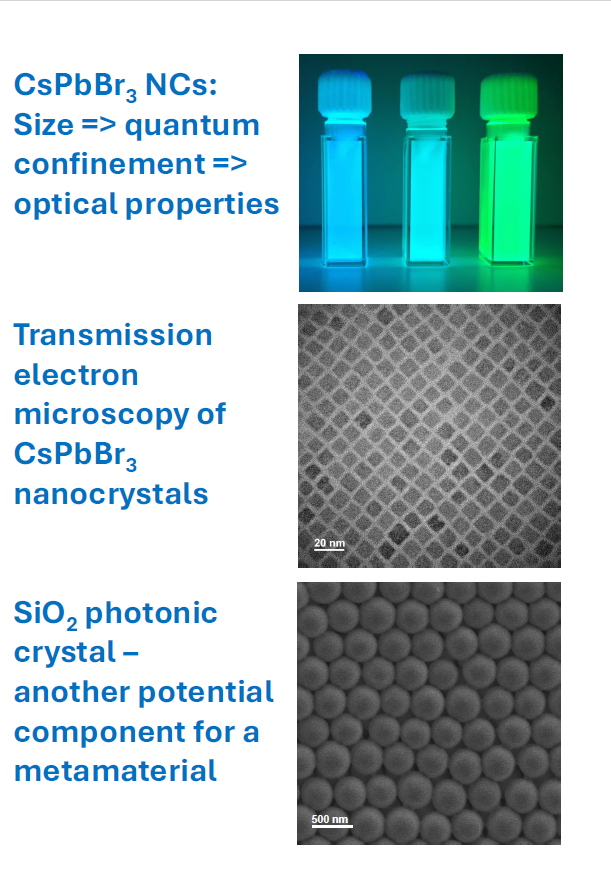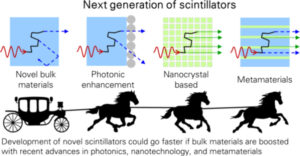Advisor: Yehonadav Bekenstein
Contact: bekenstein@technion.ac.il
Project description:
Scintillators are materials that emit visible light when absorbing high-energy ionizing radiation (e.g. X-rays). Scintillation detectors are the core of radiation detection applications in medical imaging (e.g., X-ray Radiography, Computed Tomography, Positron Emission Tomography), homeland security (e.g. luggage and cargo screening, detection of fissile materials), high energy physics (e.g. Higgs boson discovery at LHC, CERN), and many more. Lead halide perovskites show bright and fast emission, crucial for modern scintillators, and may be the candidates for next-generation detectors. Moreover, recently an ultra-fast collective emission under X-ray excitation was demonstrated from CsPbBr3 superlattices [1], promising a breakthrough in scintillation science.

[1] Shaul Katznelson, Shai Levy, Alexey Gorlach, et al. Super fluorescent scintillation from
coupled perovskite quantum dots. arXiv.2412.21101
Research on novel nanocrystal-based scintillators invites you to go along the path of:
- Studying interactions of ionizing radiation with matter, discovering fascinating light emission modalities, and using them to advance breakthrough diagnostic techniques;
- Tuning the surface and volume chemistry on nanocrystals, fitting them into metamaterials, and using a combination of chemical characterization and advanced optical spectroscopy to engineer the next generation of detector materials.
Pallavi Singhת Georgy Dosovitskiy and Yehonadav Bekenstein, Bright Innovations: Review of Next-Generation Advances in Scintillator Engineering. ACS Nano 18, 14029 (2024).


 The spontaneous disentanglement hypothesis
The spontaneous disentanglement hypothesis